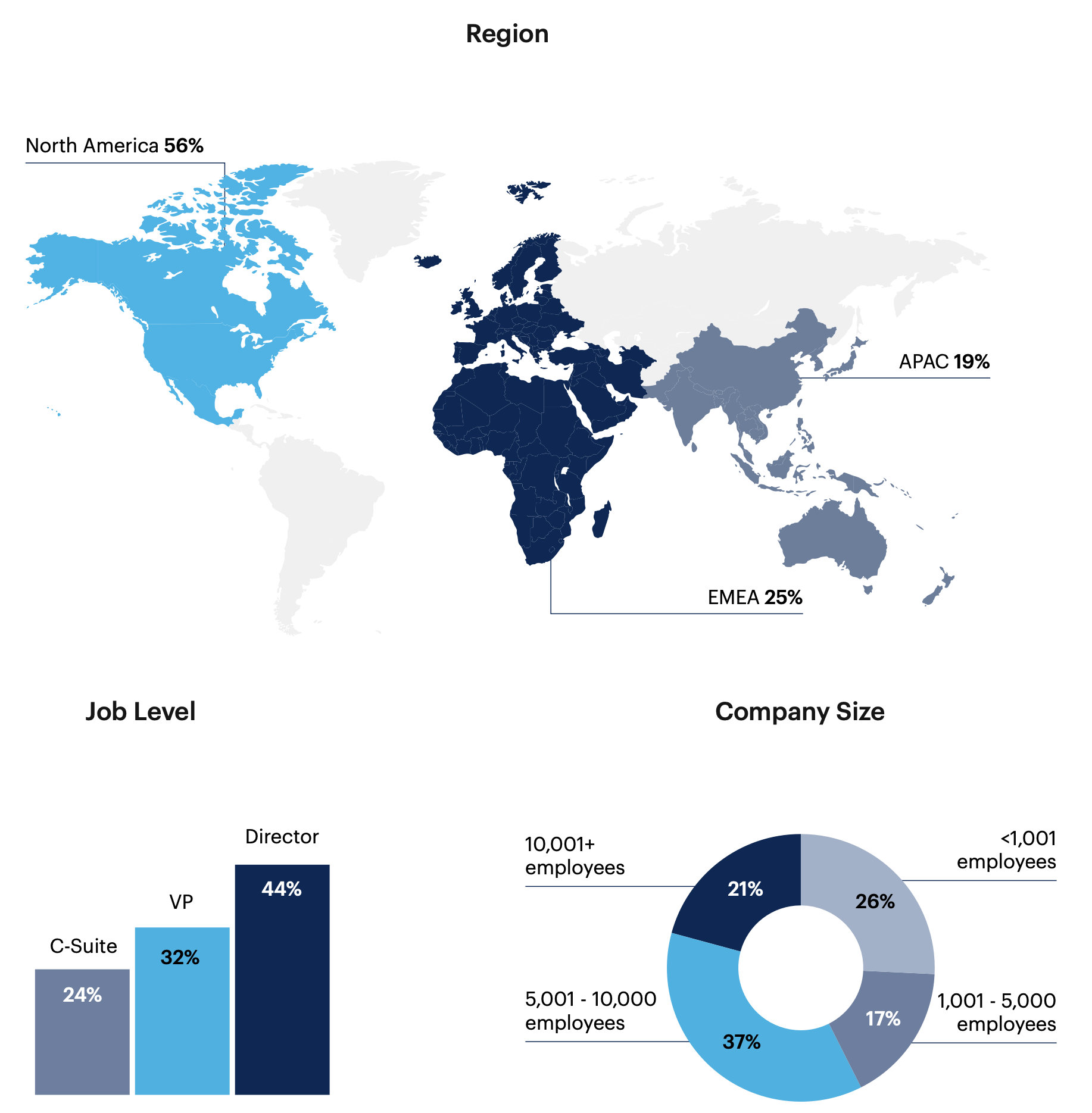Advancing Data Literacy
Data is everywhere, but if workers can’t read, work with and communicate that data, it creates little benefit. How are executives fostering these skills throughout the organization to improve data literacy?
One minute insights:
 Most have conducted a data literacy assessment
Most have conducted a data literacy assessment Data literacy skills are a requirement for roles outside of the D&A team
Data literacy skills are a requirement for roles outside of the D&A team Data literacy in leadership is a major focus for most respondents
Data literacy in leadership is a major focus for most respondents Many have seen improved data literacy through third-party training providers
Many have seen improved data literacy through third-party training providers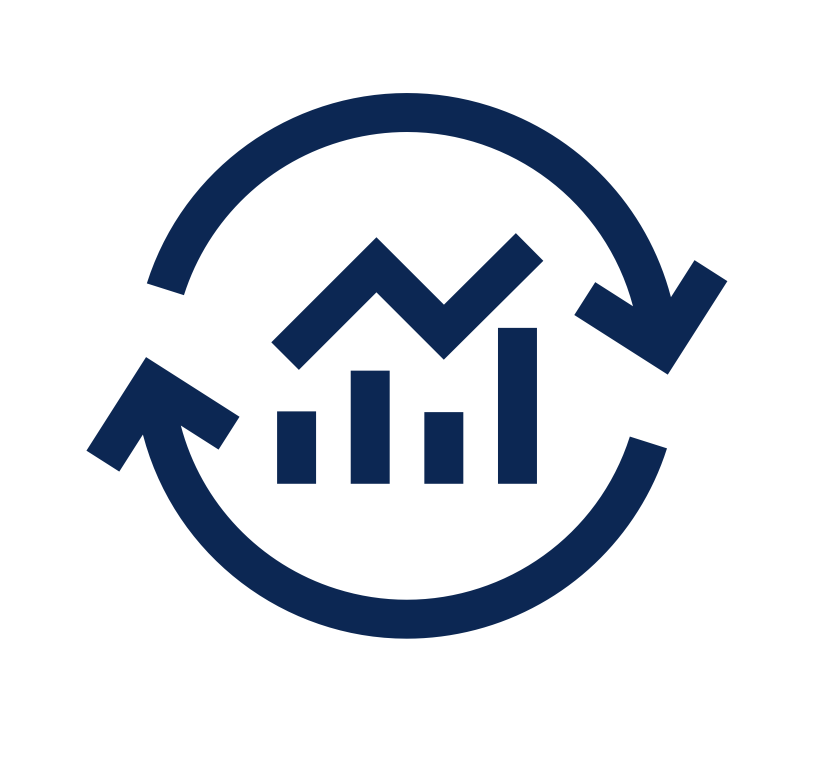 Data literacy improves process efficiency, data sharing and ROI for D&A investments
Data literacy improves process efficiency, data sharing and ROI for D&A investments
Most have conducted data literacy assessments and consider the common understanding of data literacy at their organization sufficient
Have you conducted an organizational data literacy assessment?
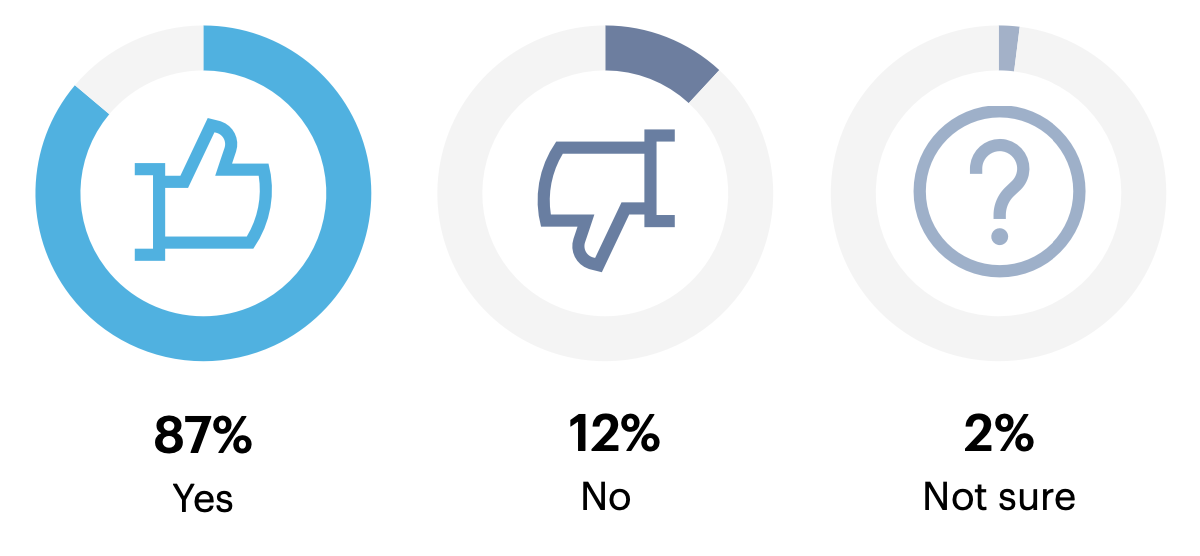
Most respondents (87%) have conducted an organizational data literacy assessment.
n = 199
How would you describe the baseline common understanding of data literacy across your organization?
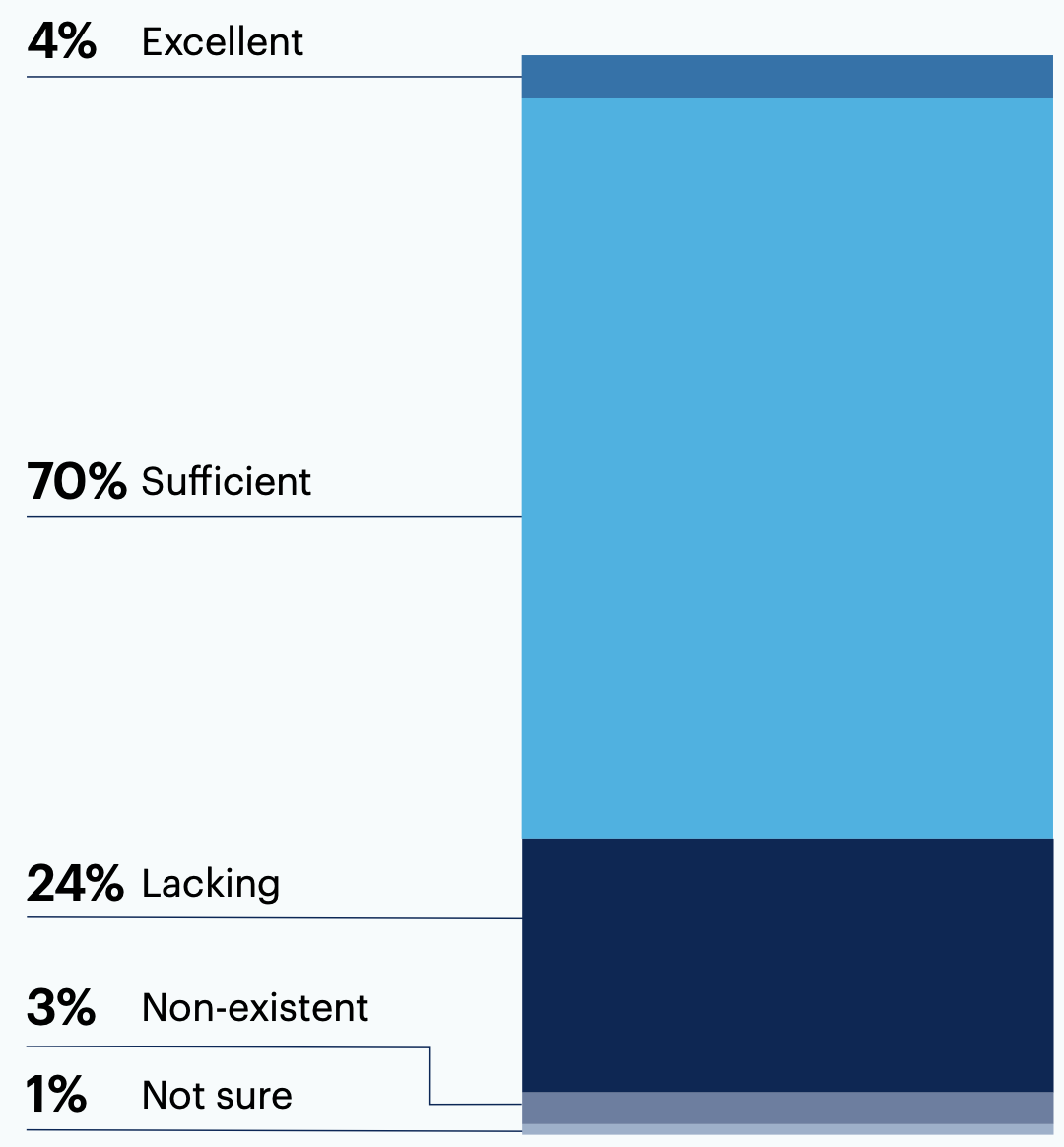
While only 4% describe the baseline common understanding of data literacy across their organization as excellent, 70% say it is sufficient. More than a quarter (27%) say the common understanding of data literacy at their organization is lacking or non-existent.
n = 199
Our assessments are conducted regularly with sufficient results.
Most data literacy skill requirements extend beyond the D&A team into leadership, and some apply to all roles in the organization
90% of respondents have determined what level of data literacy is required for some or all roles.
Have you determined the required level of data literacy individuals need for their roles?
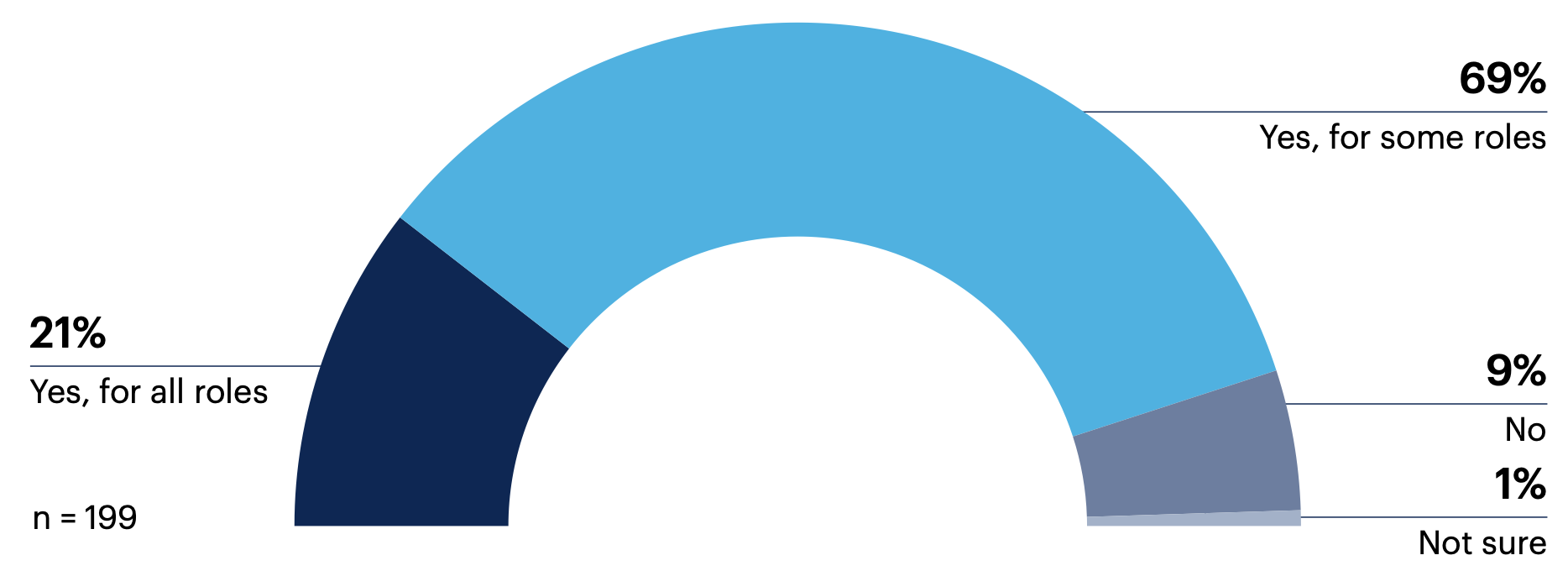
For the most part, the ability to read, work with, analyze and communicate data still falls within requirements for D&A teams and leadership roles. However, more than a quarter of respondents require everyone at their organization to be able to read (29%) and communicate (26%) data.
Select which roles within your organization are required to have the following data literacy skills:
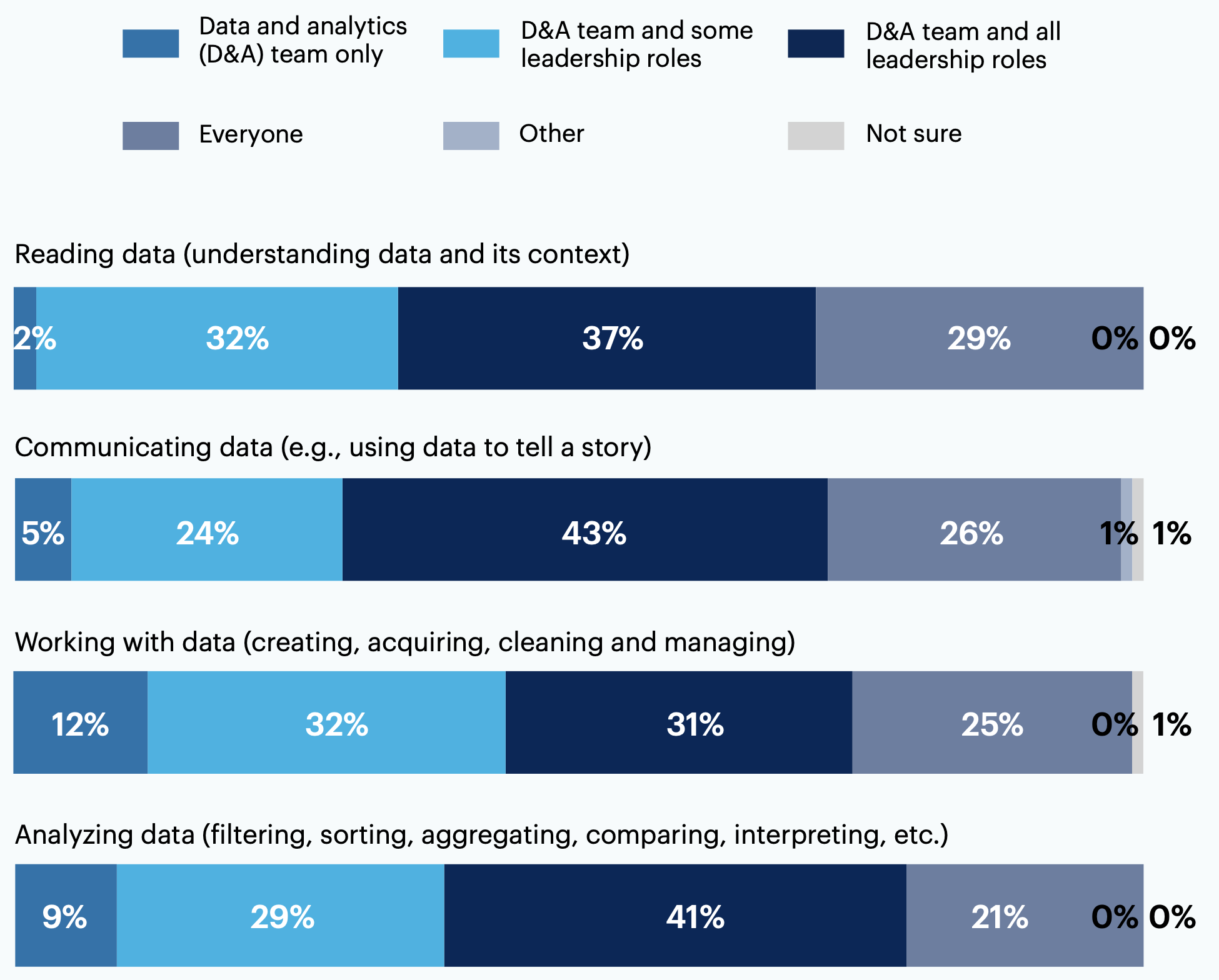
We need to promote more Data Literacy across the entire organization.
It's a key skill for most people in the business, certainly all leaders and anyone who is involved in decision making or influencing/informing decision making.
literacy, they have also taken steps to encourage data While almost all have faced barriers to improving data literacy through education and data-literate leadership
Most executives have faced barriers to better data literacy at their organization. The most common barriers include lack of ownership over data literacy initiatives (69%), poor results from data literacy training efforts (52%) and poor analytics tools (38%).
What barriers to improving data literacy have you faced within your organization?
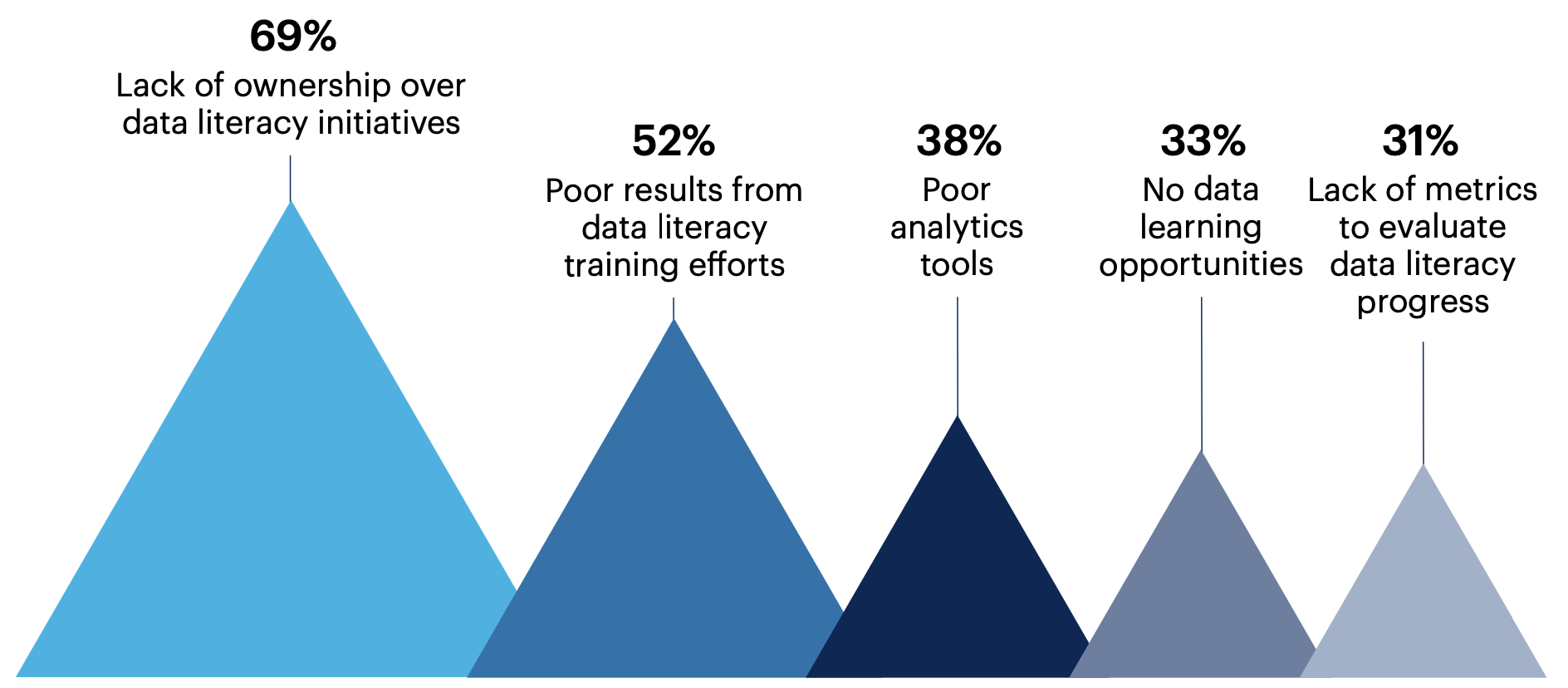
n = 199
Lack of end-user buy-in 28%, Lack of data literacy in leadership 28%, None of these 2%, Other 0%
To encourage data literacy, most executives have created opportunities for data learning (71%) and identified ownership for data literacy initiatives (60%). Only 14% have created metrics to evaluate data literacy progress.
What steps have you taken to encourage data literacy in your organization?
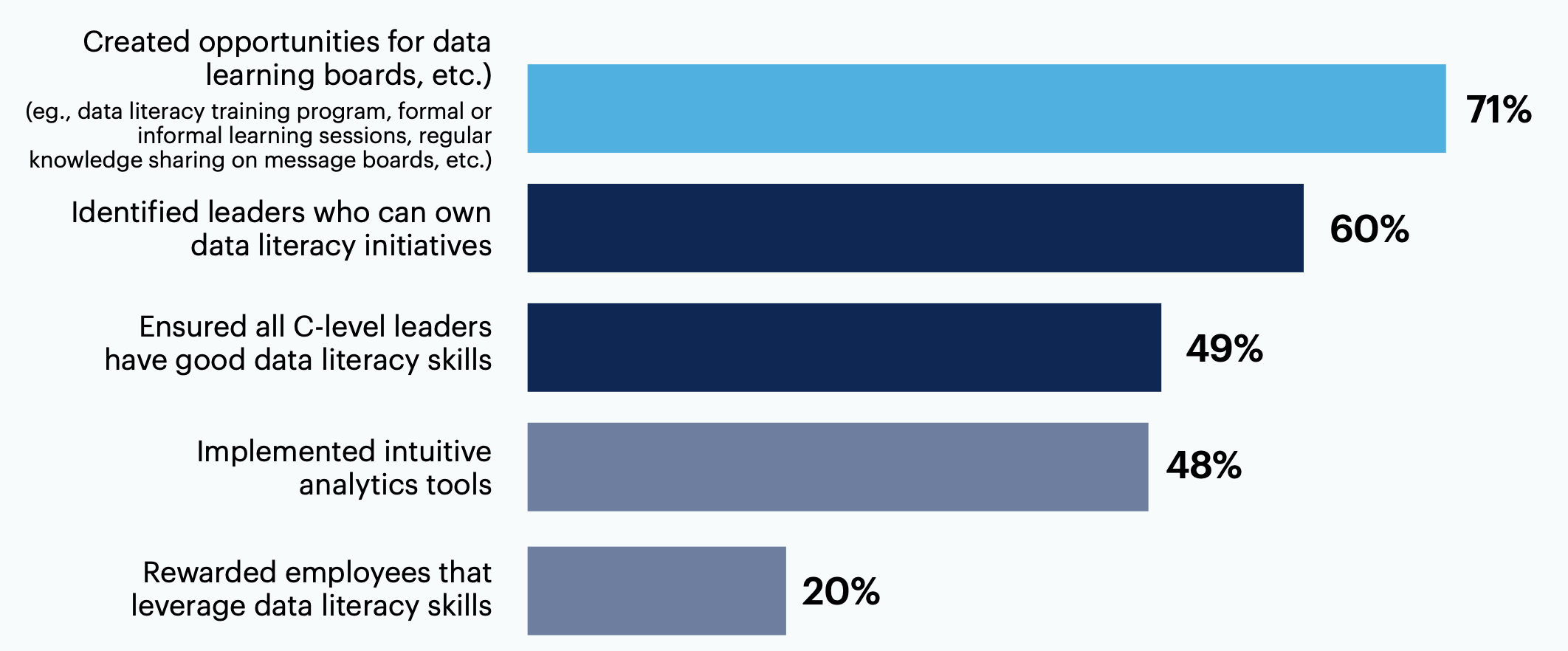
n = 199
Created a data and analytics Center of Excellence 17%, Created metrics to evaluate data literacy progress 14%, None of these 5%, Other 0%
It’s a journey and takes time to establish a common objective to understand, share and leverage data. Executive sponsorship is absolutely key to this and leadership across the company must support and align to this initiative.
There are way too many tools right now in the industry which is also confusing the solutions we implement.
Most have used third-party data literacy training pro- viders with positive results
Has your organization used one or more third-party providers for data literacy training?

67% of respondents have used third-party providers for data literacy training.
n = 199
How has the training provided by third parties impacted data literacy at your organization?
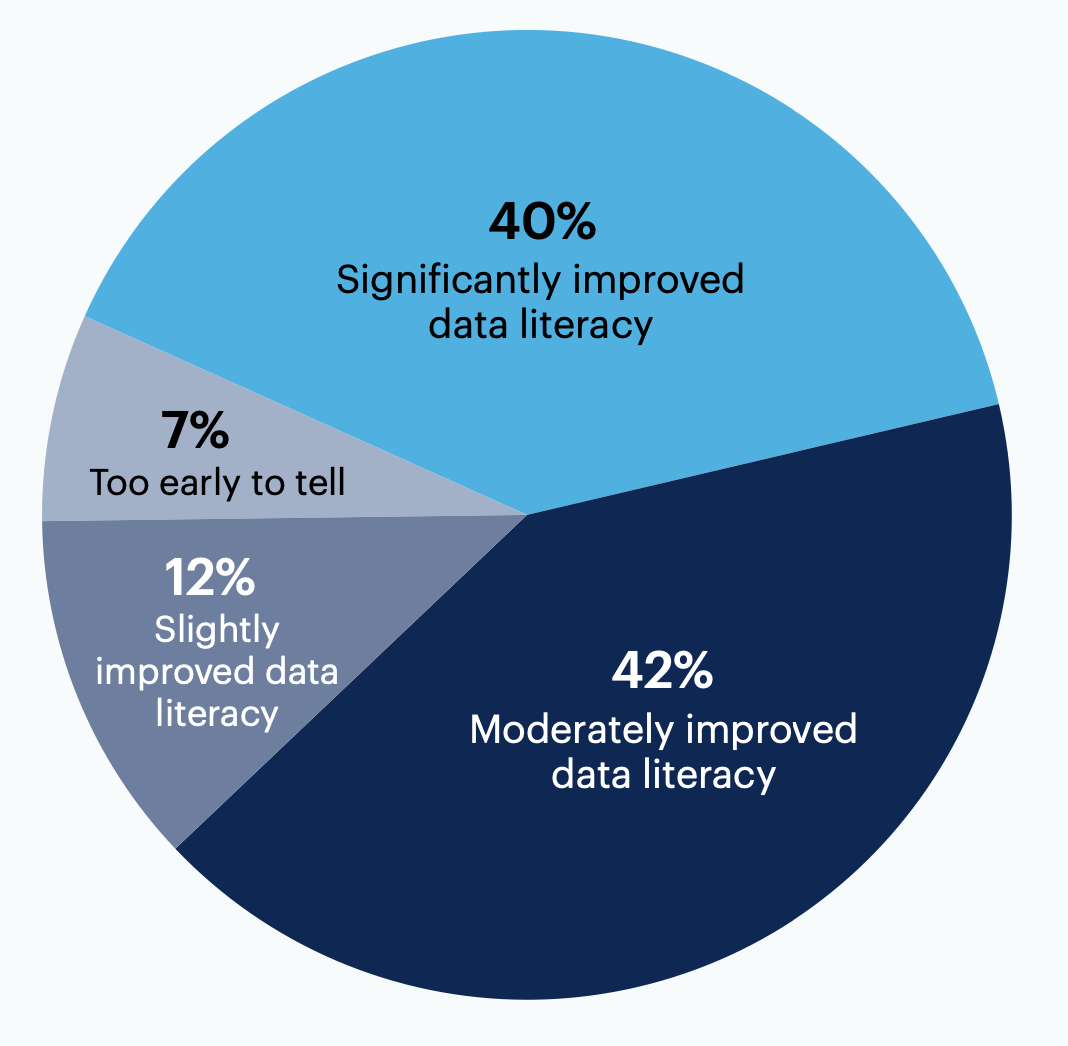
82% of executives said that third-party training improved data literacy at their organization, with 40% indicating that data literacy improved significantly.
n = 199
One of the core issues with the culture of data literacy is making the application of what is learned acceptable without fear. It is difficult, even with strong supporting analytics, to do unpopular things.
Almost all have experienced benefits and are satisfied with the overall state of data literacy at their organization
What benefits of data literacy have you seen in your organization?
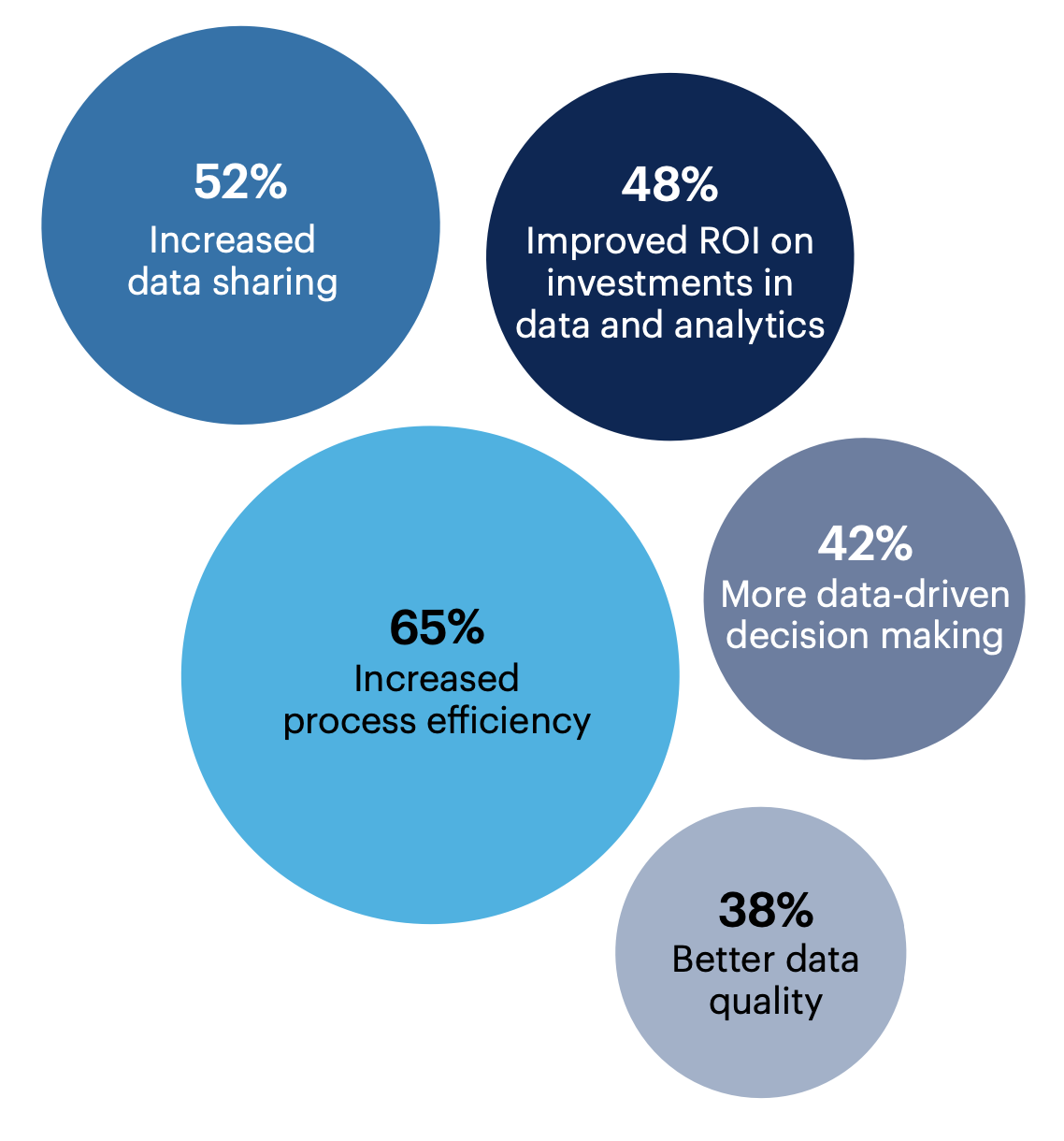
Almost all respondents have seen benefits of data literacy in their organization. The most common benefits include increased process efficiency (65%), increased data sharing (52%) and improved ROI on investments in data and analytics (48%).
Improved morale 26%, Improved customer experience 15%, Increased data team agility 13%, Revenue generation 13%, Better business outcomes 11%, None 5%, Other 0%
n = 199
75% of executives are satisfied with data literacy at their organization and only 12% are dissatisfied.
How satisfied are you with the state of data literacy at your organization?
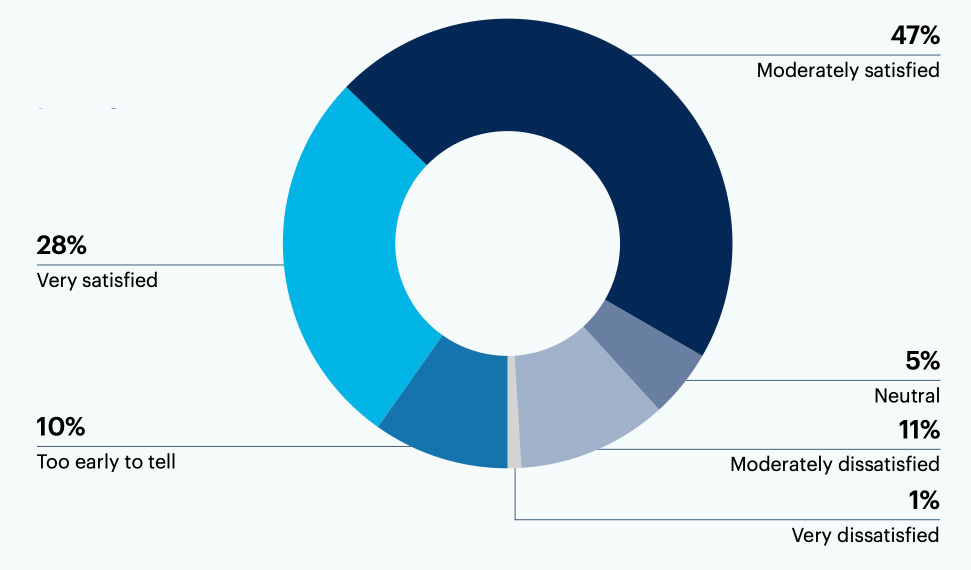
n = 199
Data literacy efforts are more effective when data quality and governance is also in place.
We consolidated resources and moved the team into the same platforms and it greatly improved data literacy and team coordination.

Want more insights like this from leaders like yourself?
Click here to explore the revamped, retooled and reimagined Gartner Peer Community. You'll get access to synthesized insights and engaging discussions from a community of your peers.
Respondent Breakdown
